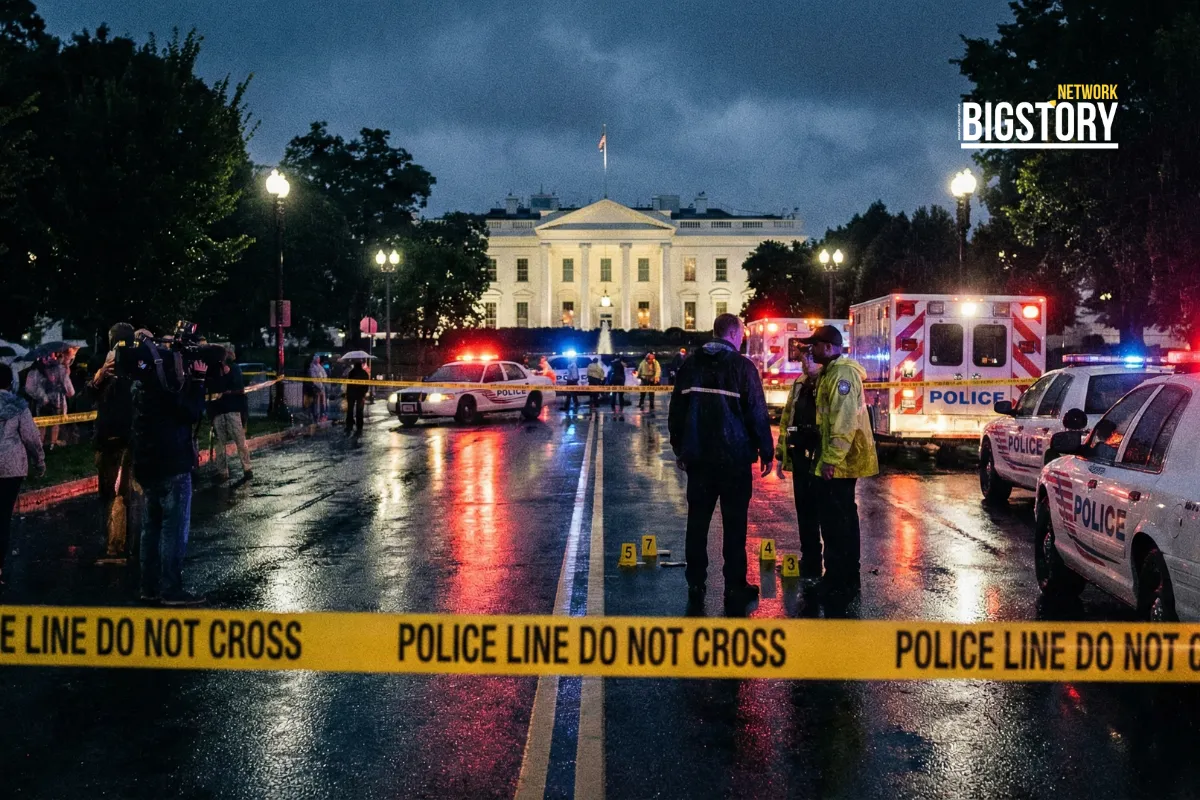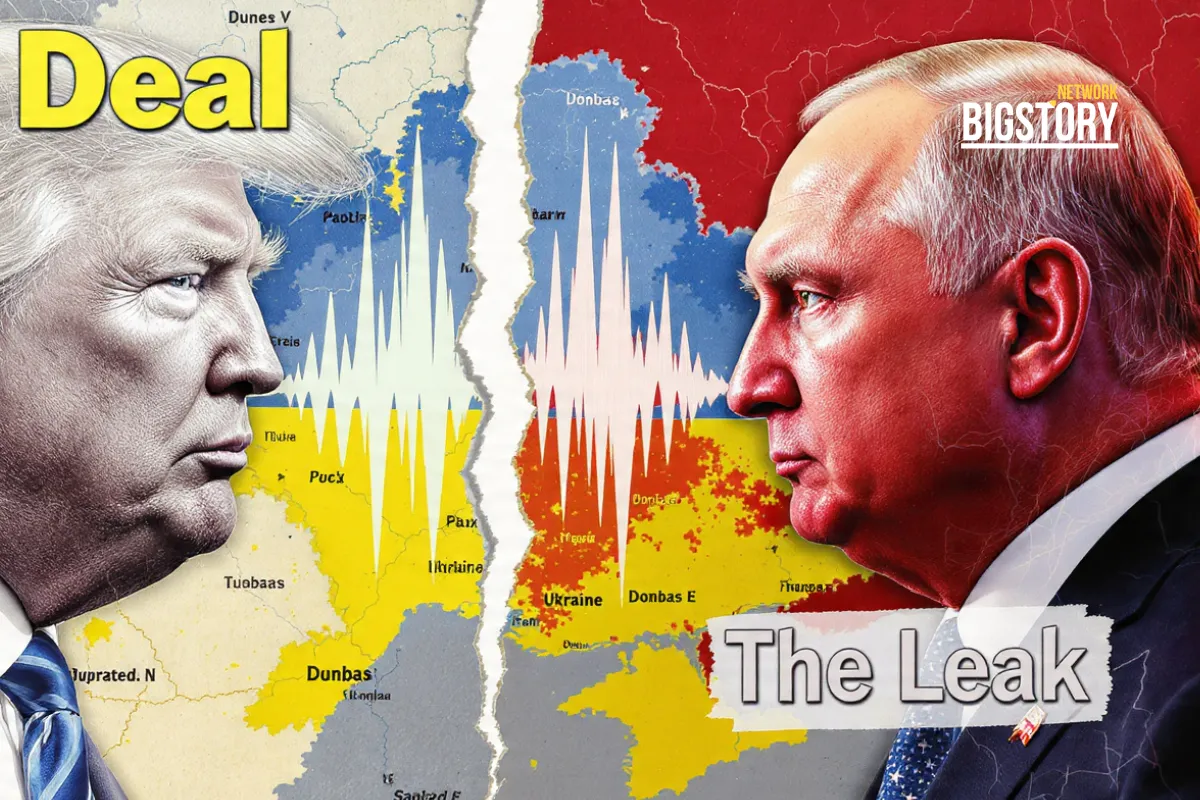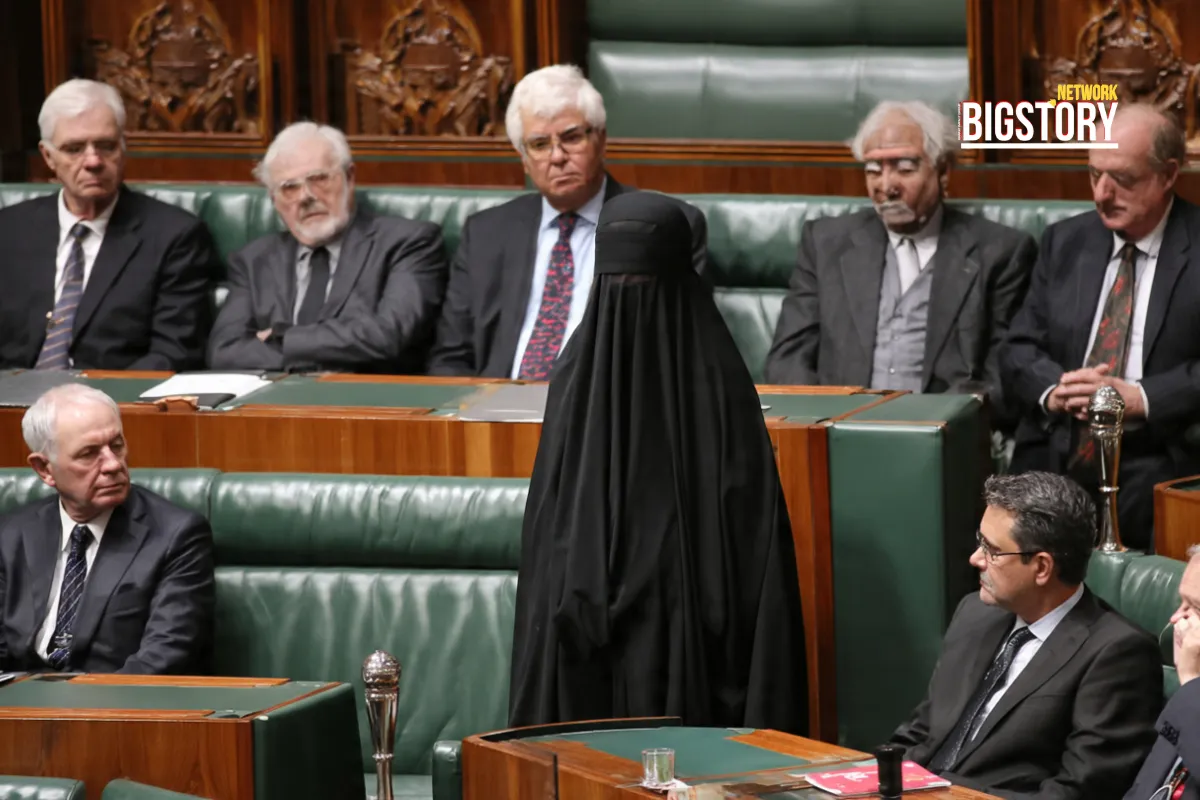The US Senate reintroduces bipartisan H1B visa reforms amid a $100,000 fee hike. New rules could reshape tech hiring, universities, and global talent flows.
 Sseema Giill
Sseema Giill
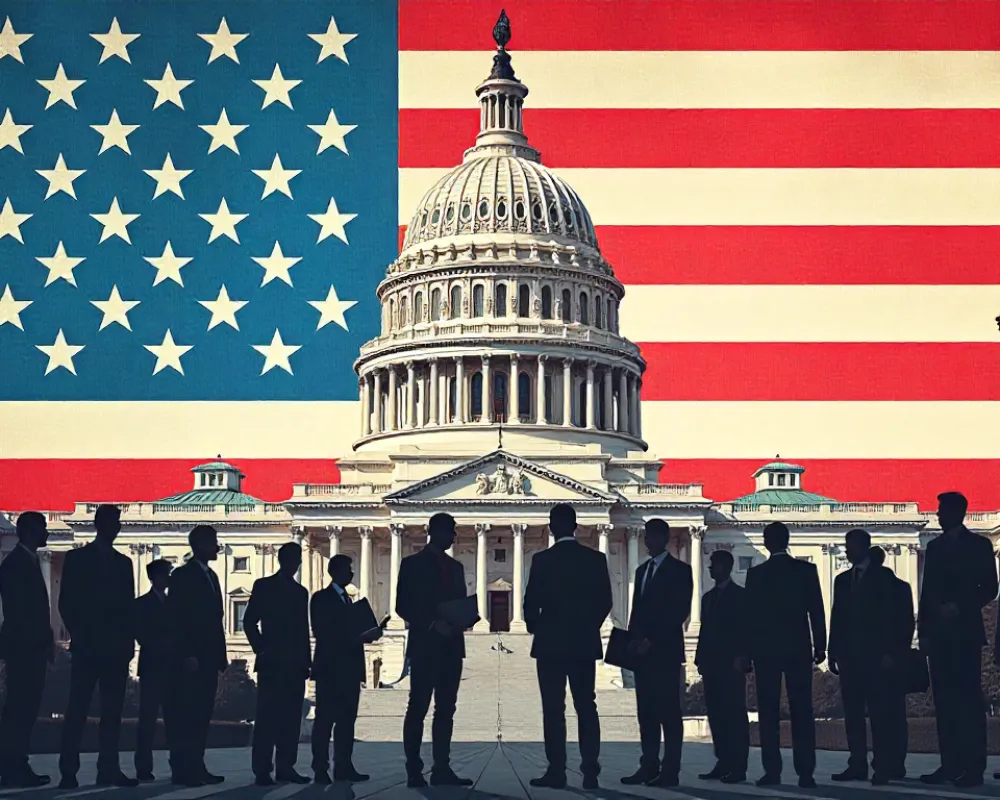
The US Senate has reintroduced sweeping reforms to the H-1B and L-1 visa programs, intensifying scrutiny of foreign worker visas just days after the Trump administration imposed a controversial $100,000 fee on new H-1B applications.
Senate Judiciary Committee leaders Senator Chuck Grassley (R-Iowa) and Senator Dick Durbin (D-Illinois) unveiled the H-1B and L-1 Visa Reform Act (S.2821), joined by Senators Tommy Tuberville (R-Alabama), Richard Blumenthal (D-Connecticut), and Bernie Sanders (I-Vermont).
The bipartisan legislation aims to close loopholes that lawmakers say allow outsourcing firms and tech giants to replace American workers with cheaper foreign labor, while shifting the visa allocation system toward higher wages and US-educated STEM degree holders.
The reforms could reshape global talent flows:
Q1. What is the H-1B and L-1 Visa Reform Act of 2025?
The H-1B and L-1 Visa Reform Act is a bipartisan bill introduced in the US Senate on September 30, 2025, by Senators Chuck Grassley and Dick Durbin. It seeks to restructure the H-1B lottery into a merit-based system, close outsourcing loopholes, and apply stricter compliance rules for employers.
Q2. Why was this bill introduced now?
The bill follows mass layoffs in the US tech sector while companies continued filing large numbers of H-1B petitions. It also comes shortly after the Trump administration imposed a $100,000 fee on new H-1B visa applications, increasing political pressure for reform.
Q3. How will the bill affect Indian professionals?
Indians make up around 71% of H-1B holders. The reforms could raise costs for employers hiring Indian workers, reduce opportunities for contract-based roles, and potentially push some professionals to return to India, strengthening domestic tech ecosystems.
Q4. What changes are proposed to the H-1B system?
The bill replaces the random lottery with a merit-based selection system, prioritizing higher wages and US-educated STEM graduates. It also expands oversight to prevent companies from displacing American workers with cheaper foreign labor.
Q5. How does the legislation affect universities?
A companion bill, the Visa Cap Enforcement Act, would remove exemptions that allow universities and research institutions to hire foreign faculty outside the 65,000 annual H-1B cap. This could significantly impact higher education staffing and research projects.
Q6. When will the reforms take effect?
If passed, most changes would align with new visa fee rules scheduled for February 2026. However, given that only 5% of immigration bills become law, the bill’s fate remains uncertain.
Q7. What are the economic consequences for Indian IT companies?
Indian IT firms could face $150–550 million in additional annual costs due to higher visa fees and compliance burdens, potentially reducing their EBITDA margins by 7–15%.
Q8. Could this bill reduce America’s global competitiveness?
Yes, critics argue that the reforms may deter global talent from coming to the US, pushing skilled workers back to countries like India where tech ecosystems are booming. Supporters, however, say it will protect American jobs and ensure fair wages.
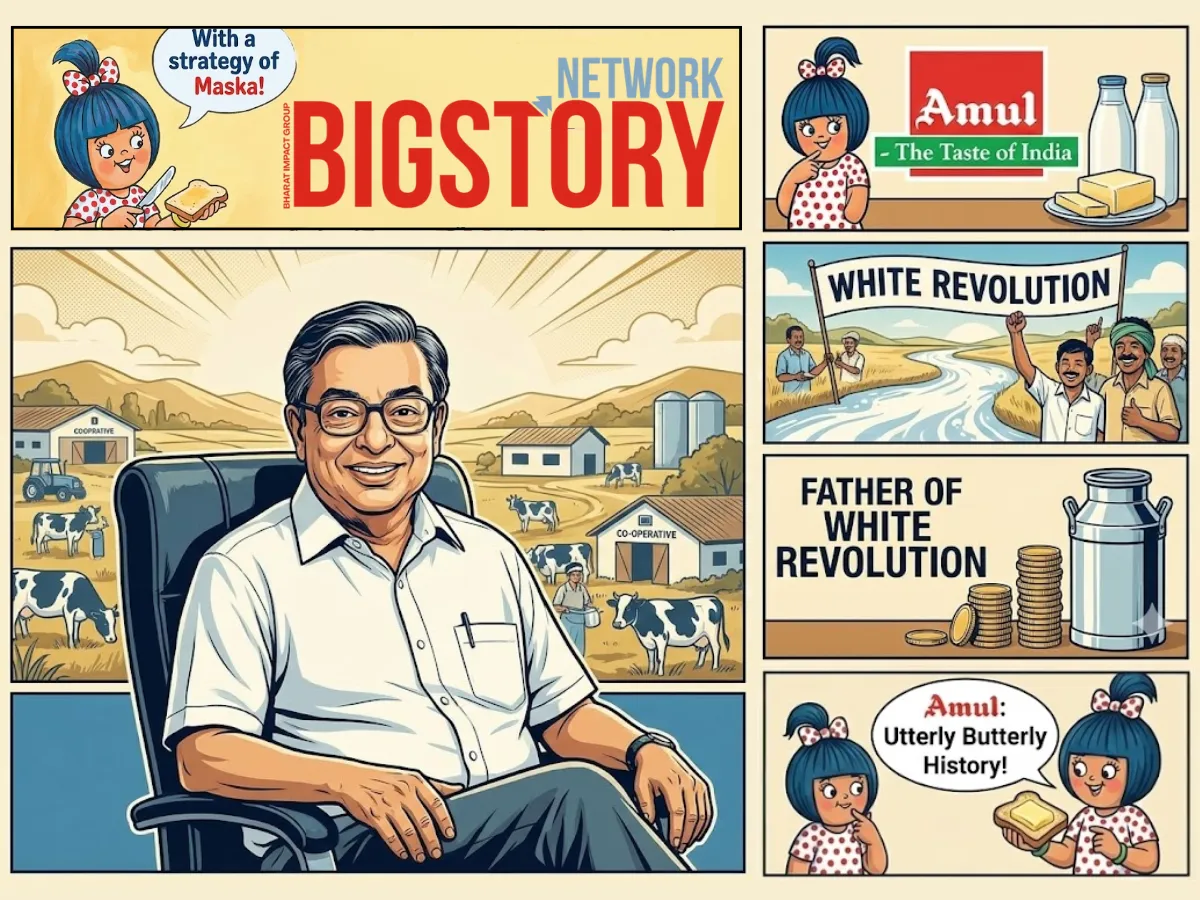
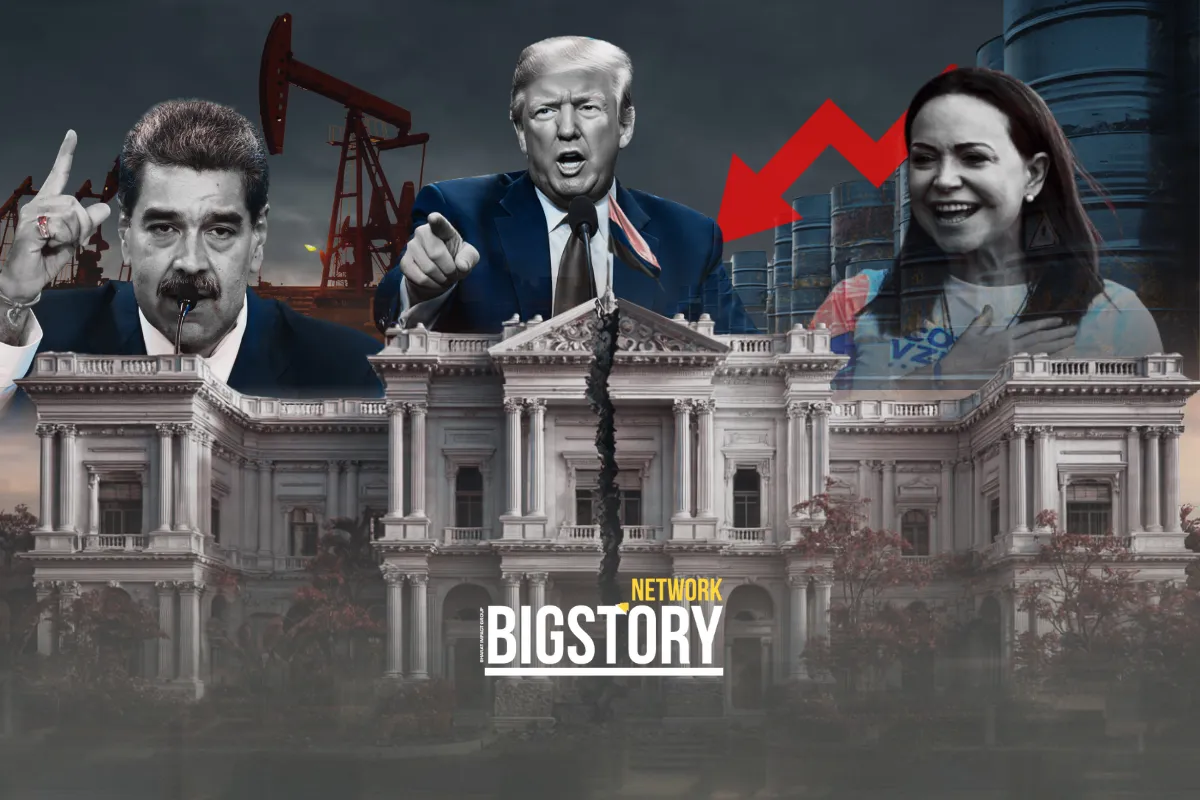



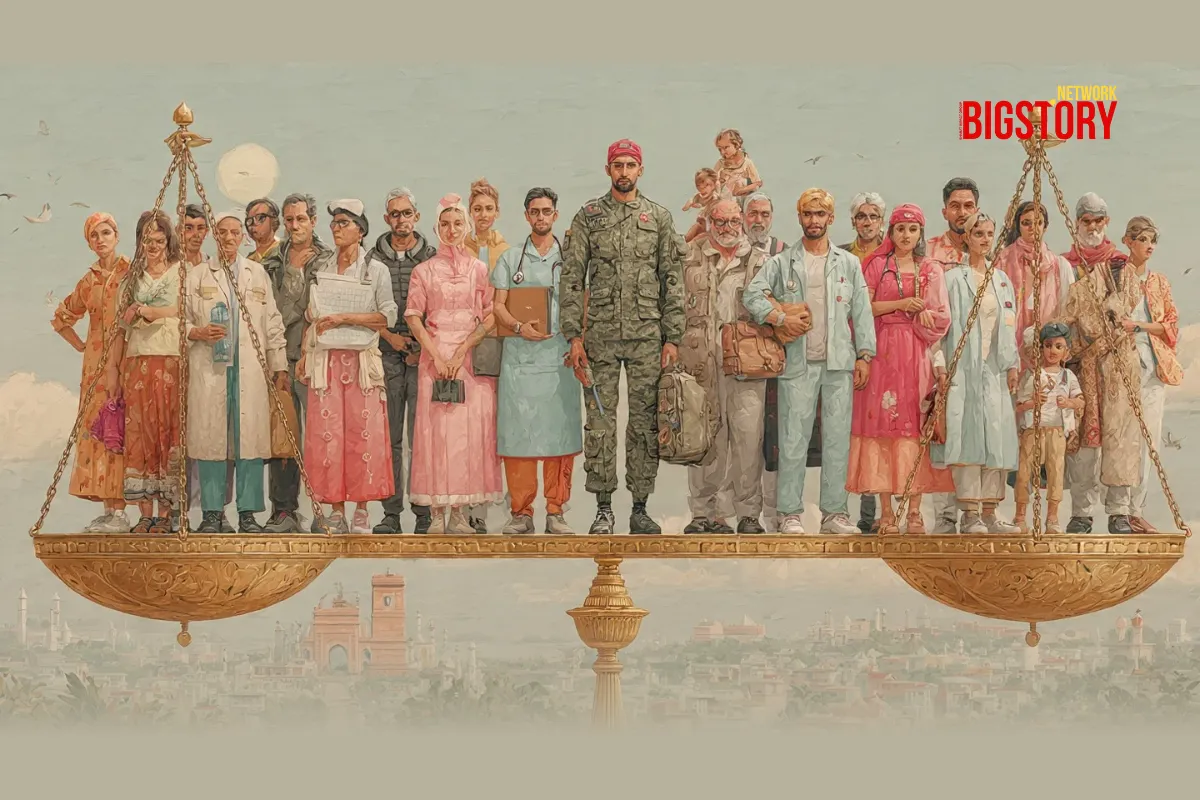
Sign up for the Daily newsletter to get your biggest stories, handpicked for you each day.
 Trending Now! in last 24hrs
Trending Now! in last 24hrs
